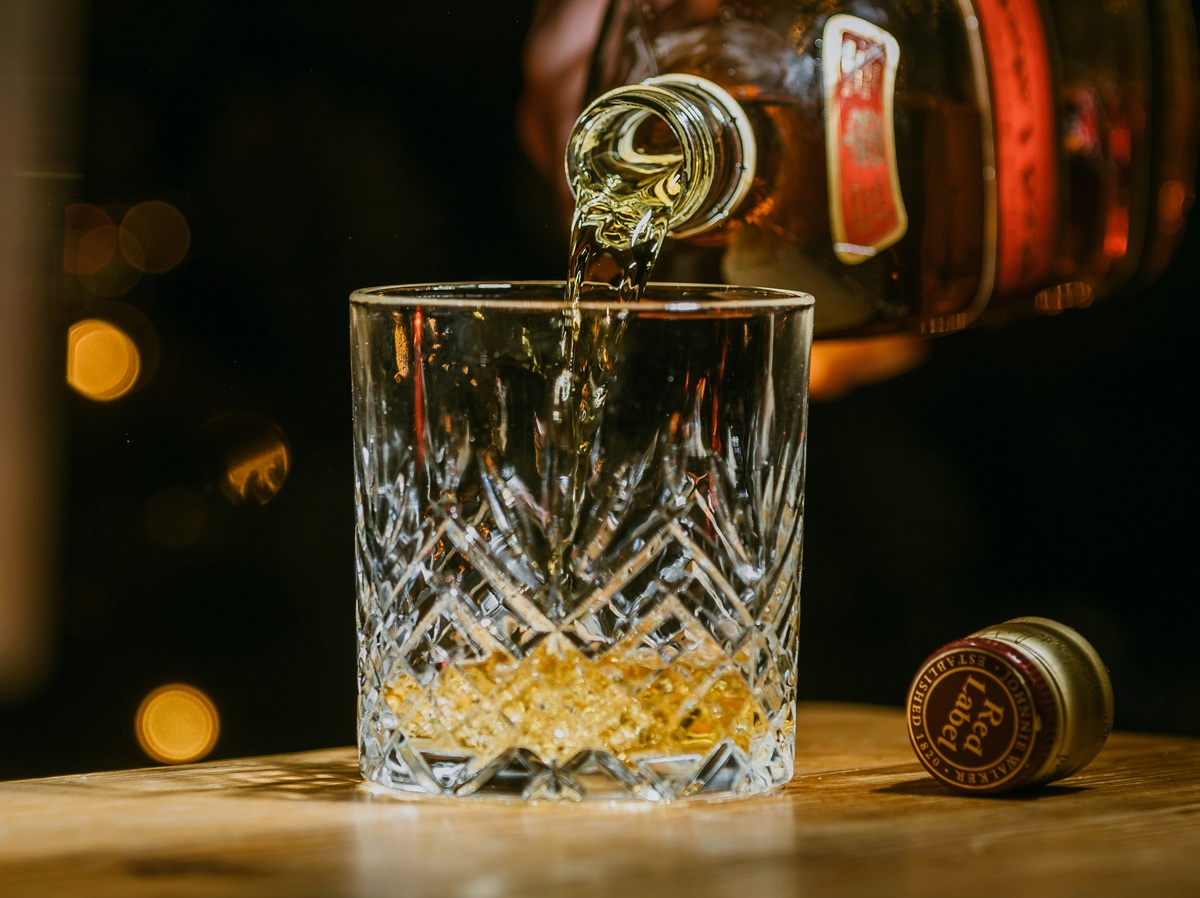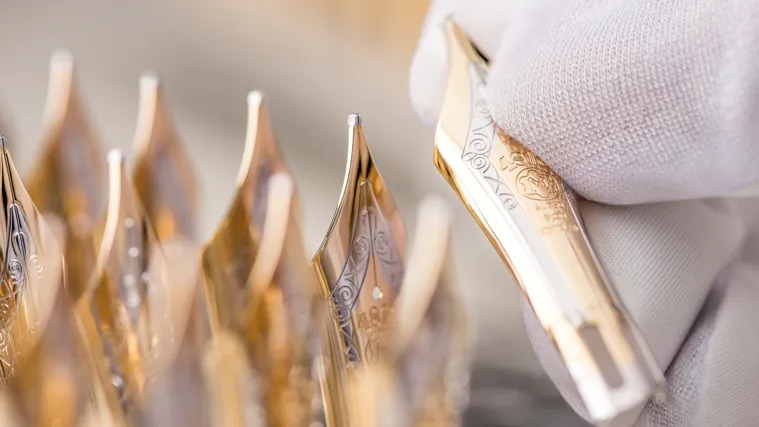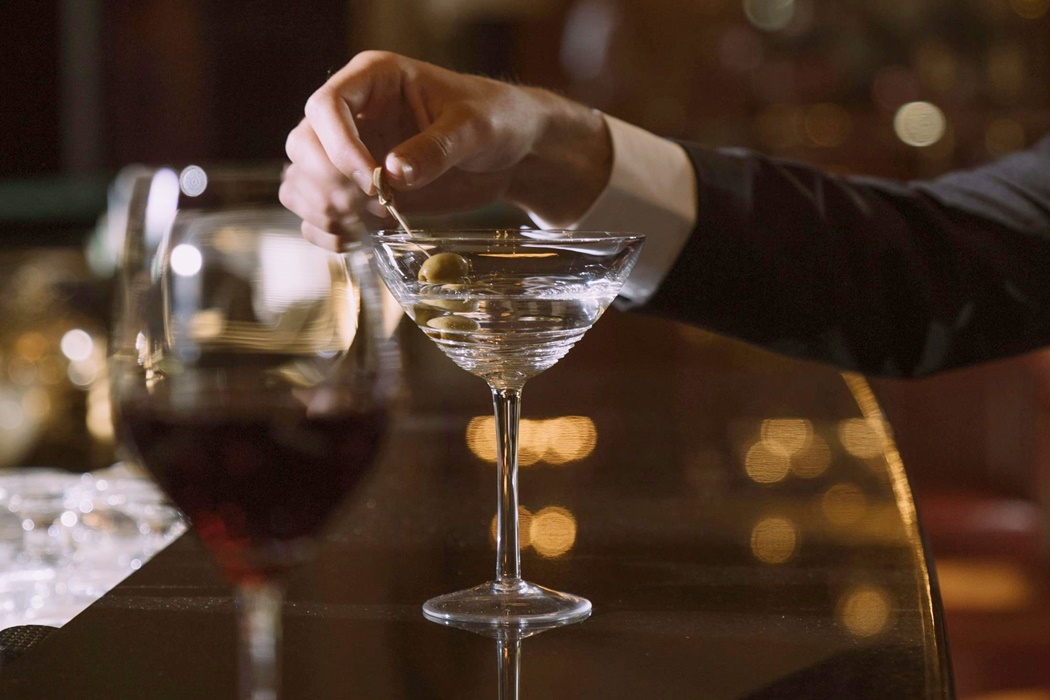Whiskey—derived from the Scots Gaelic uisge beatha, or “water of life”—dates back over 1,000 years. By the 12th century, Irish and Scottish monks repurposed European stilling techniques that came from the Arab world and were used for perfume and medicine to ferment and distill grain mash into the world’s first whiskey.
The first written record of ‘whiskey’ appears in the Irish Annals of Clonmacnoise (1405), where it was written that the head of a clan died after “taking a surfeit [excessive amount] of aqua vitae” at Christmas.
In 1494, Scotland’s King James IV granted Friar John Cor malt to make “aqua vitae,” confirming distillation was underway. It wasn't until King Henry VIII of England dissolved the monasteries when a large number of monks started distilling to make a living. This shifted the production of whiskey to the general public.
The oldest licensed distillery in operation, Bushmills (est. 1608), continues to distil single malt whiskey with water drawn from the River Bush in Northern Ireland.
Legislation, taxation and international trade spurred innovation. The Bourbon tax rebellion, the Industrial Age’s Coffey still, and the rise of legally aged spirits birthed styles now synonymous with quality—Scotch, Irish whiskey, bourbon, rye—each strictly regulated today.
What makes whiskey unique
What elevates whiskey is its deep connection to terroir, wood and time. As clear new make spirit ages for years (often decades) in charred oak barrels, it absorbs tannins, lignins, lactones and vanillin, which accounts for as much as 60–80% of its defining flavor. Temperature swings in the rickhouse accelerate the so-called “angel’s share”—the small fraction lost to evaporation over time—that gives warehouse air its bakery like dry wood and caramel aroma.
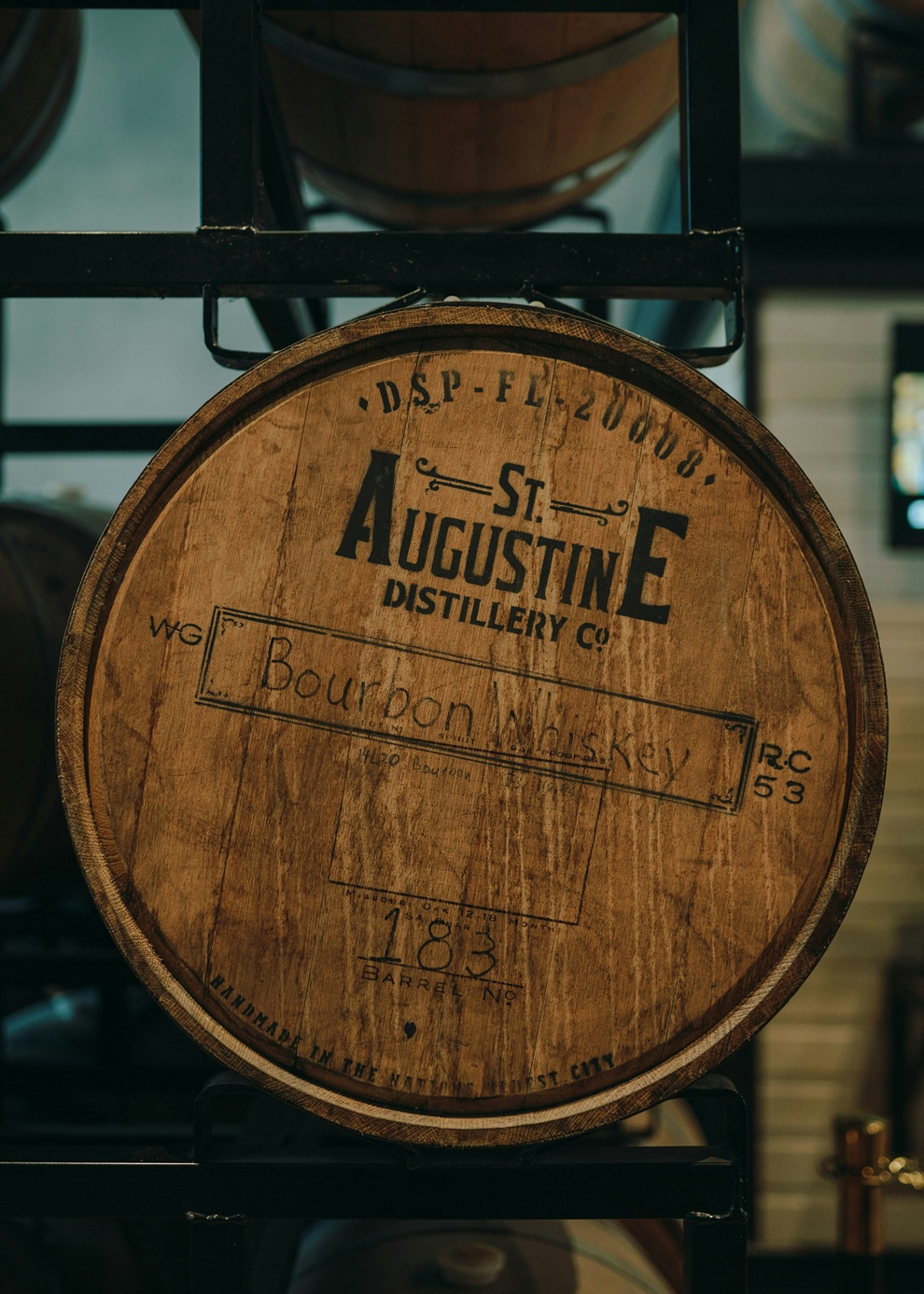
Single cask bottlings and age statement labels (e.g. 18 year, 30 year) signal pedigree, with cask provenance and distillery heritage forming the backbone of whiskey’s uniqueness.
Scarcity, investment & iconic bottles
By the early 21st century, whiskey evolved into a luxury good. Bottles of Macallan 1926 Fine & Rare 60 Year Old sold for as much as $2.7 million at Sotheby’s, famously breaking auction records for wine or spirits. The Macallan Valerio Adami edition became, in essence, secular icons, fetching well beyond six figures due to scarcity (only ~40 bottles ever made), age, artful labeling and brand mystique.
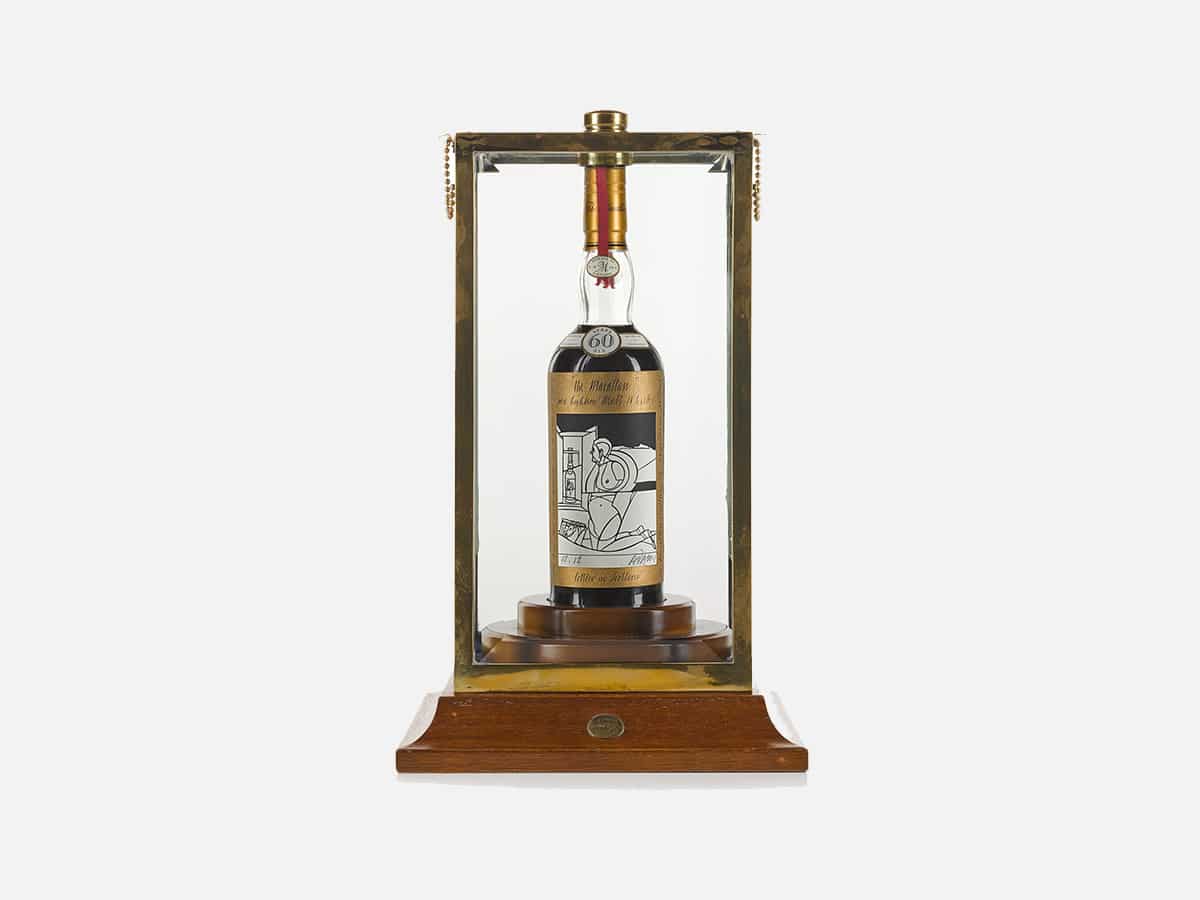
Collectors increasingly regard rare whiskey as an alternative asset class: low supply, global demand, no short cuts—the art, infrastructure asset, heritage and liquid inside make it more compelling than fine wine or even some blue chips. Asian markets like China have embraced collectible bottles as status markers, fueling a secondary market for rare single malt releases.
Even limited releases of widely available brands became cult phenomena. A handful of 1,000 bottles—like Teeling’s 24 year “Phoenix Legends”—commanded prices near $500 with obsessively designed packaging and tie ins to cultural institutions .
Not surprisingly, demand outstripped supply extensively: in 2023, U.S. regulators and retailers were under investigation for rationing Pappy Van Winkle 23-year-old allocations—some allegedly diverted through legislative and enforcement channels.
Whiskey's influence in fragrance and grooming
As whiskey became synonymous with refinement and rarity, adjacent industries began borrowing its sensory vocabulary in both literal and interpretive ways.
In the world of fragrance, By Kilian’s Angels’ Share (2020) was built around cognac oil, oak absolute, praline, vanilla, and tonka bean, evoking the evaporative “angel’s share” lost during barrel aging. Its companion scent, Old Fashioned, goes further by claiming to capture the character of an 18-year-old single malt through aromatic structure alone.

In grooming and personal care, beard oils, soaps, and colognes frequently feature “wood and whiskey” or “bourbon and tobacco” accords. These formulations trade on the whiskey palette without including the spirit itself, offering scent profiles that speak to ritual, restraint, and masculine taste.
Meanwhile, the physical material of whiskey production—oak barrel staves—has found new life in furniture, décor, writing instruments, and even musical tools. Charred on the inside and marked by years of spirit aging, these repurposed woods bring whiskey’s texture and history into living spaces, often with the grain and fire-lines still visibly intact.
A visual code for power and taste
Whiskey’s role in popular culture has become visual shorthand for control, taste, and status. On screen, characters like Don Draper, James Bond, and the Roy family in Succession use whiskey as a tool of presentation.
A decanter in the office, a Macallan in a crystal tumbler, or a drink poured mid-confrontation, each instance frames whiskey as the drink of those who are deliberate and self-possessed.
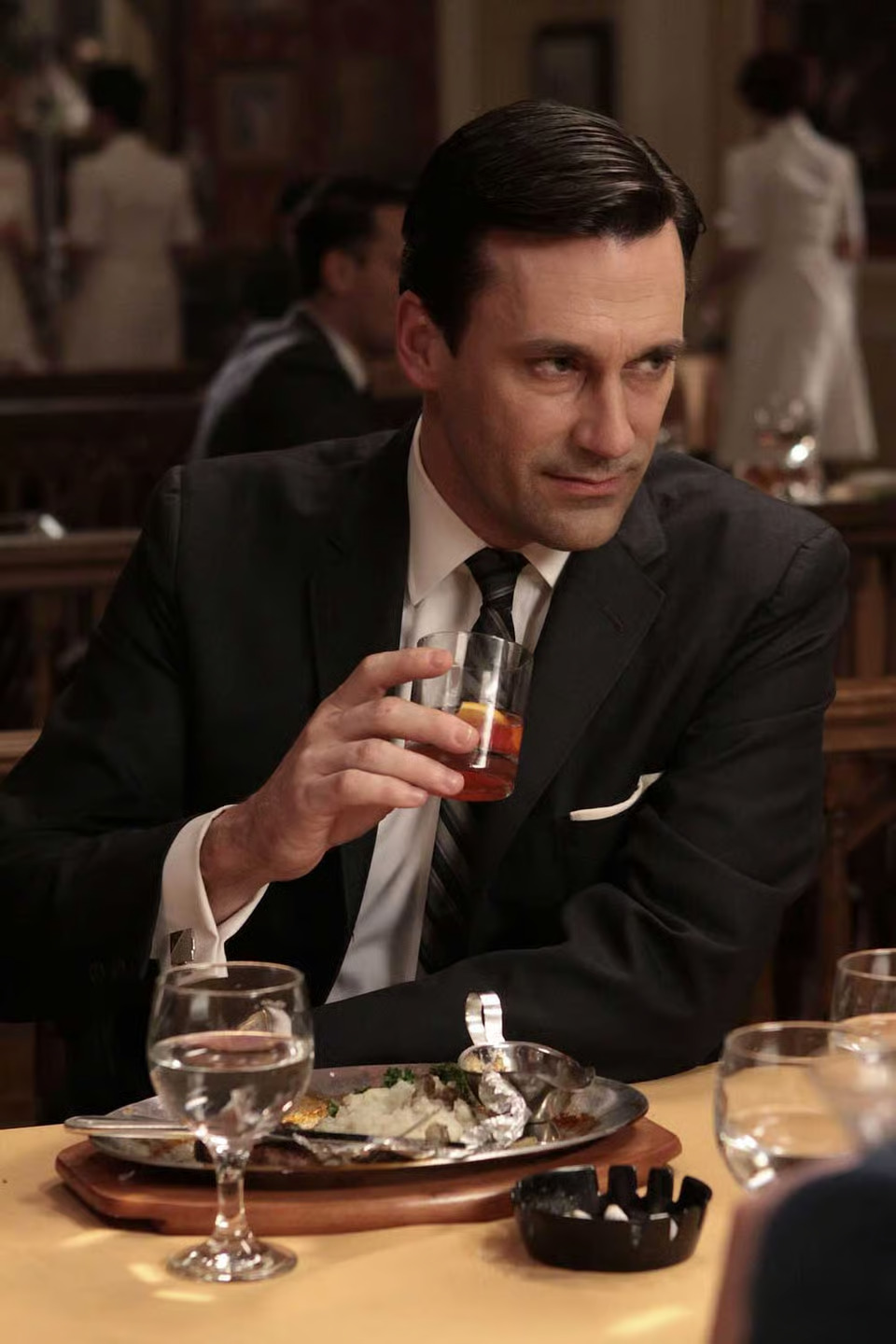
In music, it has long marked a turning point from recklessness to refinement. Frank Sinatra’s long-standing connection to Jack Daniel’s helped shape the drink’s mid-century masculinity, while modern references in country and hip-hop lyrics reflect its association with maturity and control.
Whiskey's presence in design is noticeable too. Aged single malts now appear in boutique hotel lobbies, cigar lounges, and luxury retail displays as curated symbols of good judgment. Even celebrity endorsements, from McConaughey’s Wild Turkey to Bob Dylan’s Heaven’s Door, have gravitated toward whiskey because it represents longevity, seriousness, and identity.
Once distilled by monks, through centuries of regulation and prestige, whiskey is now distilled again into fragrance lines, scented objects, collectible wood, and giftable status symbols. Its aroma, terminology and scarcity have elevated it to an iconic brand spread across multiple industries.


